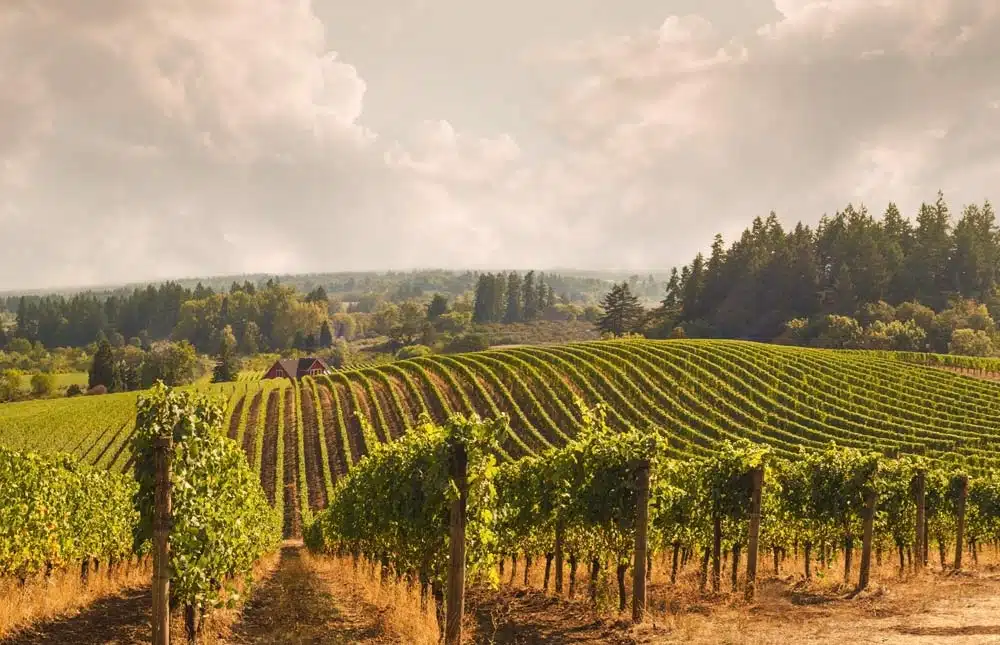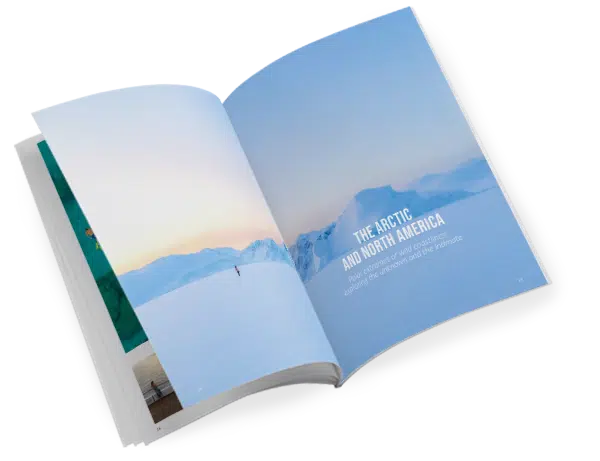Whether they grow on the edge of a volcano in Cape Verde, not far from the Australian bush or on the plains of Champagne, grapes are good at adapting to their terroir. This is especially due to the many different grape varieties. Grape varieties explain the geography of wine, the result of large-scale migrations or exclusive cultivation, and the diversity of the landscapes where wine making has become established. Here’s an overview.
The grape variety: the fruit
From a scientific perspective, the majority of the world’s vine stocks belong to a single species: Vitis vinifera L. But the plants cultivated by humans are classified according to their subspecies or “grape variety”. The biological characteristics of varieties of grape have a direct influence on the wine’s taste. Sugar content (depending on the photosynthetic activity of the leaves), acidity, tannin and organoleptic aromas are partly linked to the grape variety used by the winegrower. Certain grape varieties can cover an entire region: in Burgundy, a vast number of white wines are made from Chardonnay and red wines from Pinot Noir. The grape varieties can also be blended once harvested: the Bordeaux grand crus are generally an “assemblage” of different grape varieties cultivated in defined areas. The world’s most common grape varieties are Cabernet Franc, Merlot, Pinot, Syrah (also known as Shiraz) and Gamay for red wines, and Chardonnay, Chenin, Muscat and Sauvignon for white wines.
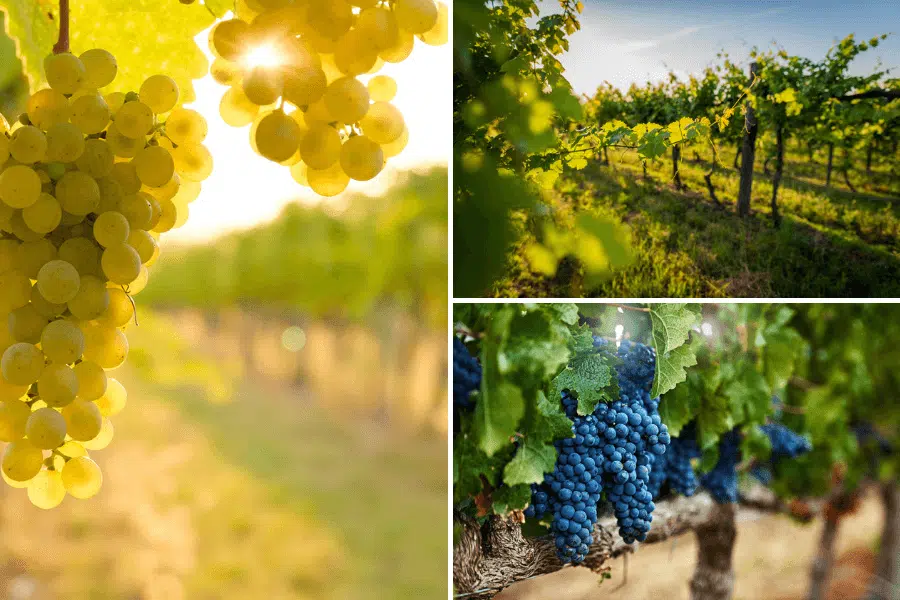
A selection of the world’s grape varieties
A taste of Alsace in the southern hemisphere
The Alsace region is home to around ten different types of grapes, which are unique in that they give their names to the wines. Riesling, Gewürztraminer and Sylvaner, therefore, refer both to wines and grape varieties. They have been successfully exported over thousands of kilometres: Sylvaner found a choice location in the lush regions of the island of Tasmania, and in Clare Valley, near Adelaide, Australia, “the Riesling Trail” covers an area on the edge of the outback, creating a landscape of striking contrasts.
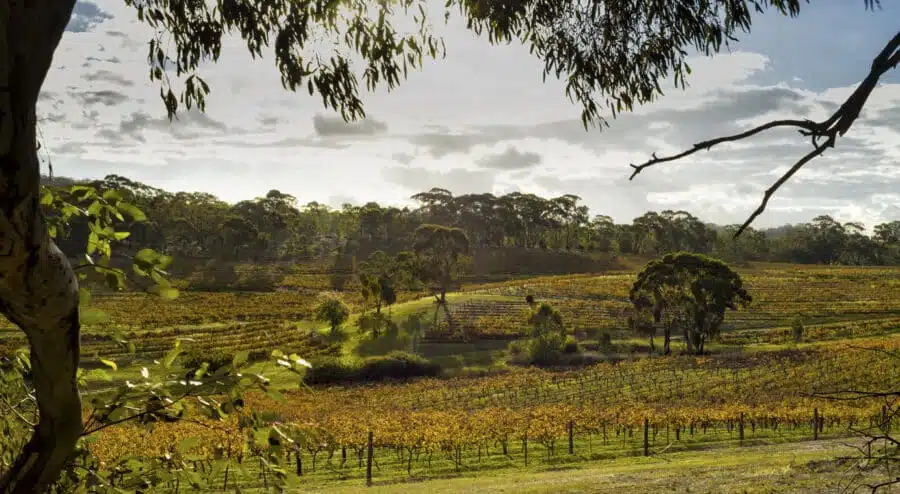
Cabernet Sauvignon: from the Gironde estuary in France to the South African mountains
The offspring of a happy marriage between Cabernet Franc and Sauvignon Blanc on the banks of the Gironde estuary during the Ancien Régime, Cabernet Sauvignon has thrived, hindered only by its need for sunshine. Vineyards where this subspecies is grown are thus found in the United States, South America and Australia. It is particularly popular in South Africa. Cabernet Sauvignon vines thrive around Stellenbosch, creating stunning vineyards, framed by the magnificent horizons of the Hottentots Holland mountain range stretching as far as the eye can see.
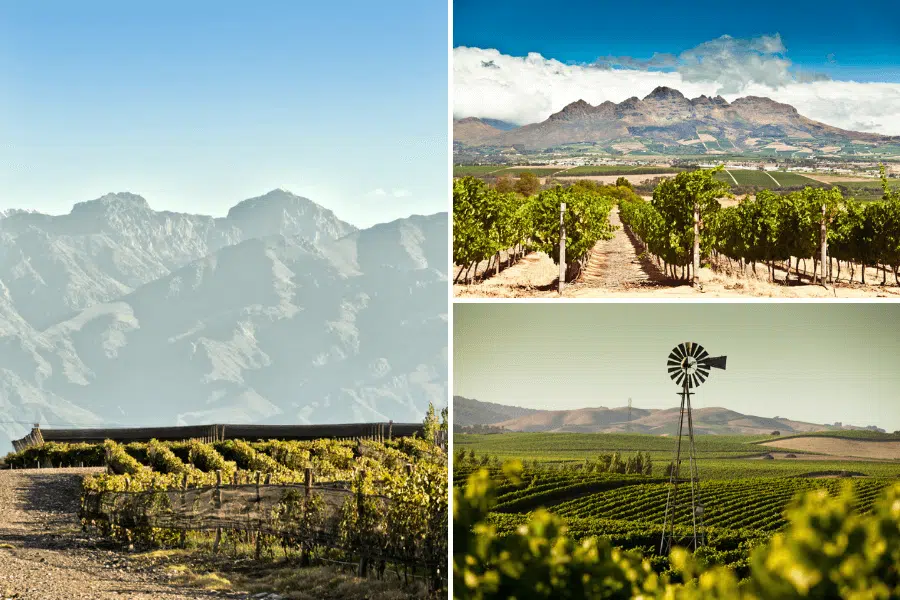
Assyrtiko: fruit of the volcano
Greek wine growing can be proud of its ancient history, and Assyrtiko may be one of its greatest achievements. This grape variety is thought to have originated on the volcanic island of Santorini, through the “domestication” of wild grapes. Still cultivated to this day, its special feature is that it grows in very arid soil, producing a surprising and particularly mineral white wine, to be enjoyed on the island whilst admiring one of the most beautiful landscapes in the Cyclades.
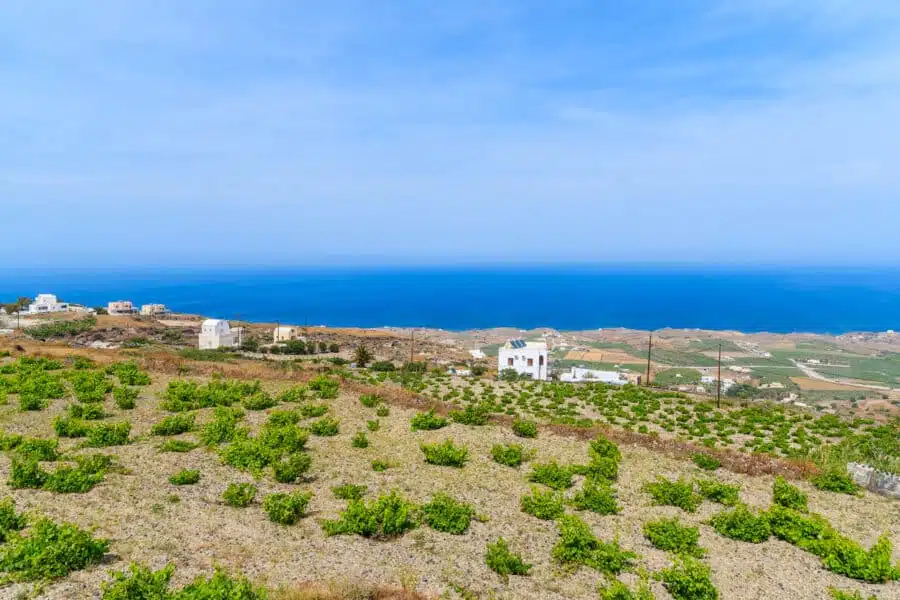
A pink grape in the land of cherry trees
Even before the Great French Wine Blight in the 19th century, grape varieties had already travelled vast distances across the world. The koshu, for example, is thought to have taken the Silk Road from the shores of the Caspian Sea and is now the finest Japanese grape. The local vineyard, in the foothills of Mount Fuji, has to cope with heavy rainfall, making this pink grape a particularly resistant fruit. It is easily to recognisable – the vines are the same height as a man on some plots!
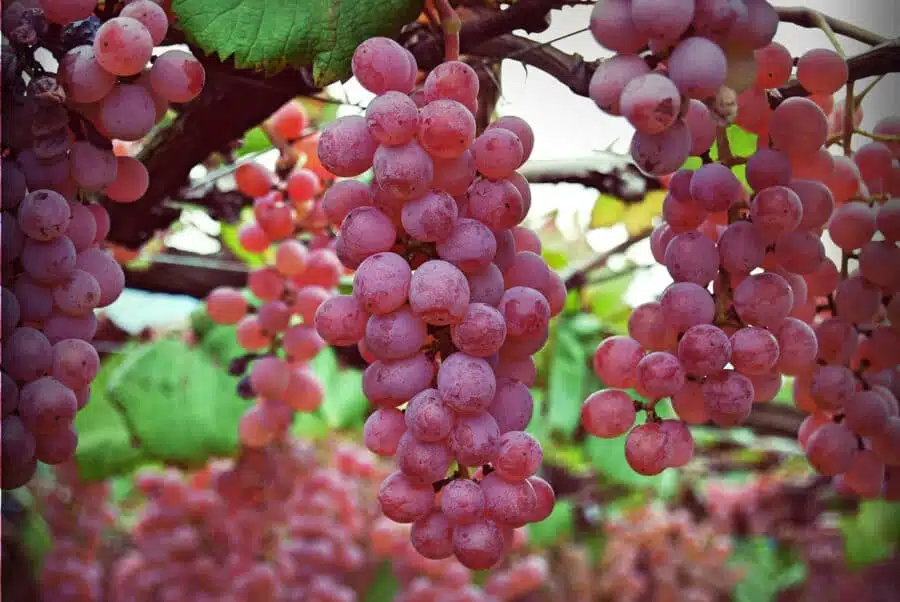
Red conquers all with Tempranillo
Typical of Spanish winegrowing, Tempranillo was introduced to the Iberian Peninsula by the Phoenicians. The Romans went on to develop the Spanish wine more widely. Tempranillo reached South America with the conquistadors, yet its most famous terroir remains Rioja, in the Basque Country. The vines found there provide a contrast with the red soil, found on the oldest terraces of Basque estates. Incidentally, the colour of these plots is still a guarantee of the quality of the vines that grow there.
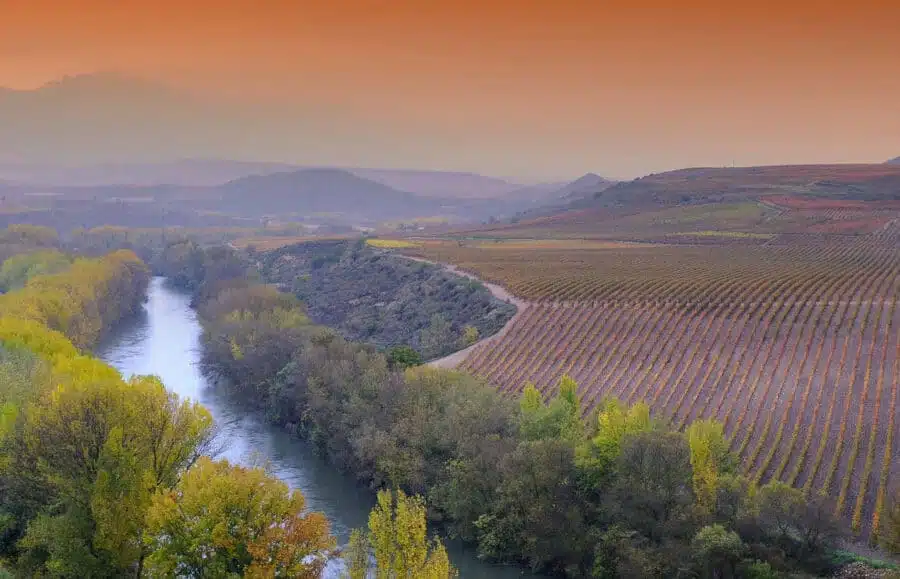
Vidal Blanc, the ice grape variety
Whether in British Columbia, not far from Okanagan Lake, or in Ontario, near Niagara Falls, certain natural landscapes in Canada come to life at the beginning of winter, during a special harvest, carried out after the first frost. The grapes harvested are used to make what are known as ice wines, notable for their rarity. To successfully perform this minor miracle, which is very risky in terms of damaging fruit that has been on the vine a long time, the Canadian winegrowers use Vidal Blanc, a hybrid grape variety known for its thick skin and capacity to withstand harsh winter conditions. This sweet dessert wine will warm the hearts of travellers who have come to discover the fauna and flora of a country usually associated with maple syrup.
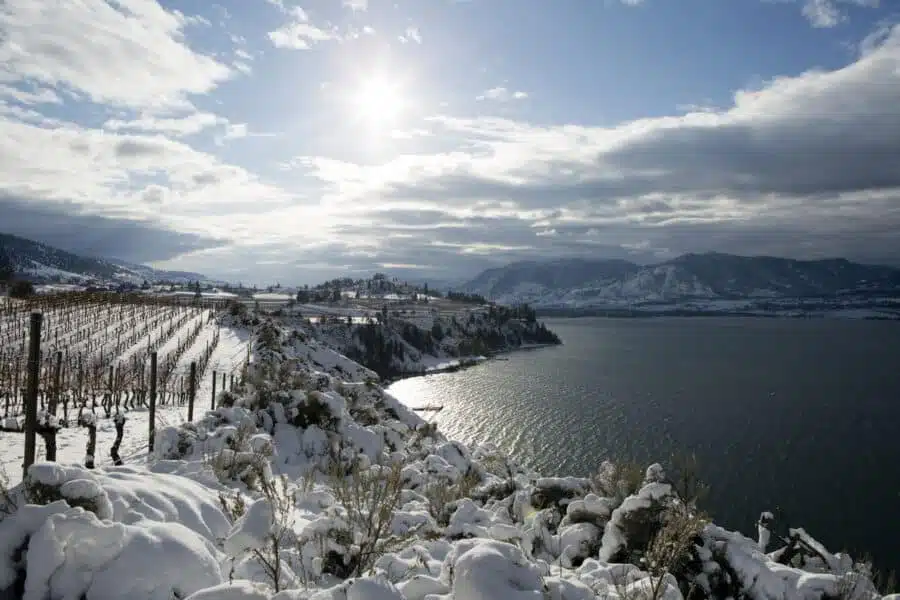
To find out more: organise a tasting by grape variety!
As wines from around the world are readily available, you can always bring back a bottle or two from your favourite trips, and have a good time with friends by organising tastings focused on one grape variety. Wines made from the same variety come from a diversity of climates and soil types that never fails to astonish the uninitiated and often wine buffs, too. Chardonnays from California, South Africa and Burgundy have nothing in common apart from the grape variety, so you have plenty of opportunities to create an exciting itinerary around the world of flavours!
To find out more
Read: Larousse Wine, for an almost exhaustive world tour of grape varieties and wine appellations.
The Initiates: A Comic Artist and a Wine Artisan Exchange Jobs, by Étienne Davodeau, on the special relationship between humans and vines.
Things to see: La Route des Vins a series of features dedicated to vineyards in France and around the world (including Argentina, Lebanon and South Africa), available on the Food Story YouTube channel.

Take to the sea to uncover the treasures of the Earth
Set off on a luxury cruise to explore carefully selected stopovers in locations boasting rich natural and cultural heritage.

